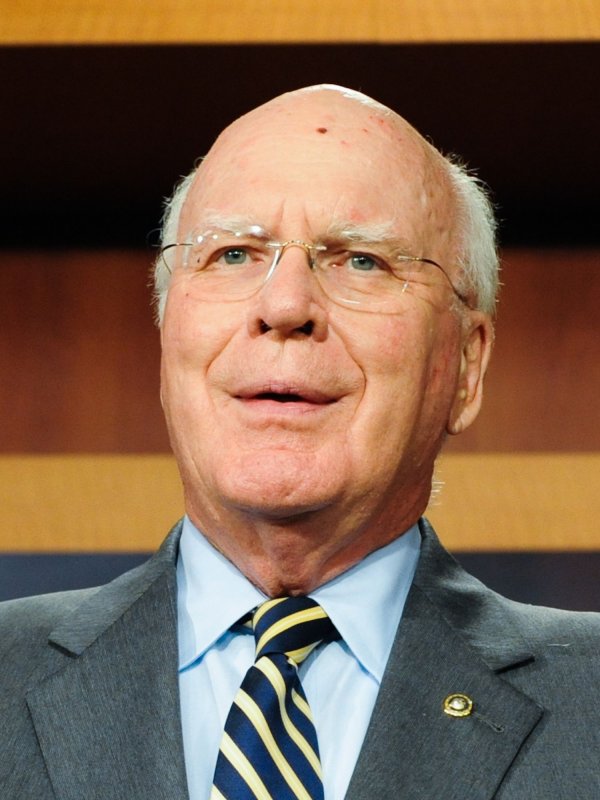Senate Judiciary Chairman Patrick Leahy (D-VT) speaks at a press conference on Capitol HIll in Washington, after the U.S. Senate voted to confirm Supreme Court Justice nominee Elena Kagan 63-37 on August 5, 2010. UPI/Alexis C. Glenn |
License Photo
MONTPELIER, Vt., Nov. 3 (UPI) -- Democrat Peter Shumlin held a slight lead over Republican Brian Dubie in a close race for Vermont's governorship that might be decided by the Legislature.
With 89 percent of the vote counted Wednesday morning, Shumlin, the state Senate president pro tempore, had about 50 percent and Dubie, Vermont's lieutenant governor, had about 48 percent. The candidates were about 3,000 votes apart.
If neither candidate wins 50 percent plus one of the vote, the election will be decided by state lawmakers in a secret ballot when the Vermont General Assembly convenes in January.
Both candidates seek to replace Republican Gov. Jim Douglas, who did not run for re-election after four two-year terms.
Vermont is one of two U.S. states where the governor serves for a two-year term. The other state is neighboring New Hampshire.
In the U.S. Senate and House races, seven-term Sen. Patrick J. Leahy won re-election against Republican businessman Len Britton.
Two-term Democratic Rep. Peter Welch also won re-election, claiming his third term as the state's at-large representative in the House.
Leahy, 70, chairman of the U.S. Senate Judiciary Committee, easily defeated Republican challenger Britton and five other candidates.
Welch, 63, who first won election to the House in 2006, defeated Republican Paul Beaudry and two others. Beaudry, a political newcomer, is a former conservative radio talk show host.
Vermont has been represented in the House by a single at-large congressional district since the 1930 census when the state lost its second seat.















